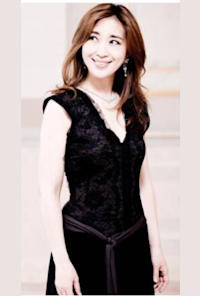

Die Große Reihe – Mensch und Maschine
Partekatu
Stuttgart Philharmonic (2022)Arte erakundearen informazioa (Operabase-k egiaztatua)
Protagonistas:
24 martxoa 2022 (1 emanaldiak)
Bisitatu webguneaDie Große Reihe – Mensch und Maschine by Various, og. 24 mar. 2022, Noiztik (2022/2022), Zuzendaria Ulrich Kern, Kultur- und Kongresszentrum - Liederhalle, Stuttgart, Germany
Cast and Crew ikusteko 24 mar. 2022
Ekoizlea
Conductor
Aktoreak
Soprano
Taldea
Orkestra

